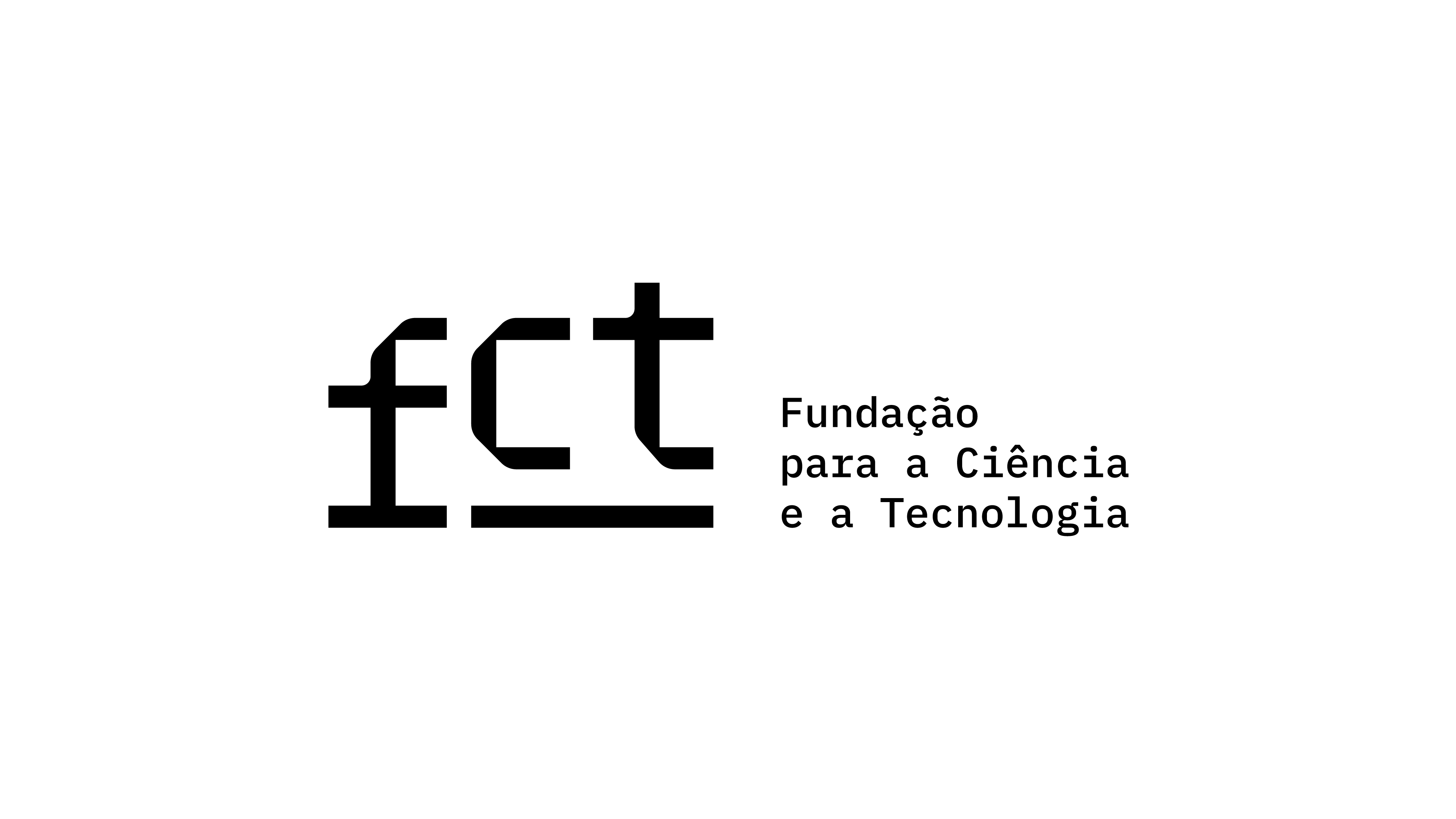Nitrogen-use efficiency: trade-offs between N productivity and mean residence time at organ, plant and population levels
| Title | Nitrogen-use efficiency: trade-offs between N productivity and mean residence time at organ, plant and population levels |
| Publication Type | Journal Article |
| Year of Publication | 2004 |
| Authors | SILLA, F., & Escudero A. |
| Journal | Functional Ecology |
| Volume | 18 |
| Issue | 4 |
| Pagination | 511 - 521 |
| Date Published | 2004/// |
| Keywords | Drought stress, herbivory, nitrogen loss, nitrogen uptake, plant strategies |
| Abstract | * 1Nitrogen-use efficiency (NUEN) is often decomposed into the product of N productivity (AN) and the mean residence time of N (MRTN). Theory suggests a trade-off between both components, but direct experimental evidence is still scarce. A field study with young trees of the evergreen Quercus ilex and the marcescent-evergreen Quercus faginea was carried out to test this trade-off through analysis of plant traits at organ, whole-plant and population levels. * 2Specific leaf area (SLA) was the main trait positively related to AN in Q. faginea. By contrast, greater litter production and consumption by caterpillars resulted in larger N losses and shorter MRTN in Q. faginea. Early leaf senescence in Q. faginea produced leaf litter with high N concentration that contributed significantly to N loss. Moreover, Q. ilex had higher plant survivorship. The inverse relationship between leaf longevity and SLA is probably a key component of the trade-off between N losses and plant N productivity. * 3Quercus faginea had greater N uptake from soil, linked to its longer specific root length of fine roots and greater biomass allocation to underground tissues. Smaller N losses in Q. ilex compensated for its smaller N uptake and allowed a similar N balance at whole-plant level. * 4Our results support the hypothesis of a trade-off between AN and MRTN. Quercus ilex had a long MRTN, while Q. faginea has a high AN, and vice versa. The long MRTN in Q. ilex involves not only reduced N loss through long intrinsic leaf life span, but also resistance to harsh environmental factors and defence against herbivores. This suggests that a long MRTN is a potentially successful strategy in nutrient-poor environments. |
| URL | http://dx.doi.org/10.1111/j.0269-8463.2004.00872.x |



